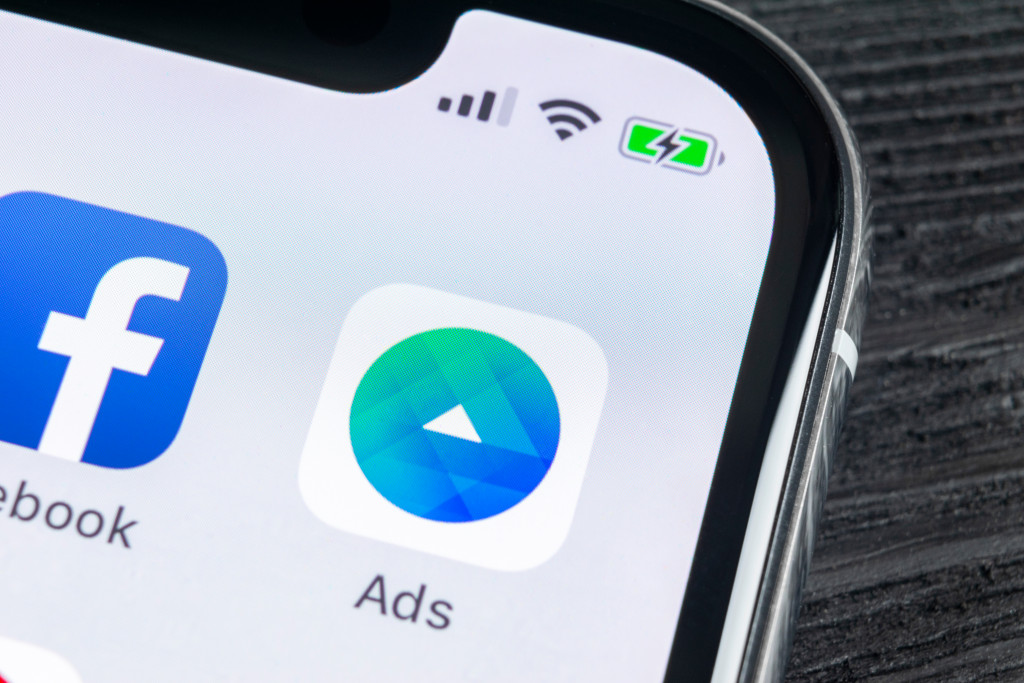Advertising on the Internet is not only for businesses whose target market is teenagers. According to 2021 research, Facebook and YouTube are the go-to apps for the general American population. On the other hand, TikTok, Instagram, and Snapchat are popular among Americans under 30. Since Facebook is still a widely used app with 2.8 billion monthly users, make the numbers work in your favor.
Suppose your business provides services to people who want to keep their establishments spotless. Even if your company offers commercial cleaning services, which undoubtedly have nothing to do with teens, you can use an online marketing strategy. It’s just a matter of targeting the right population with your ads and, of course, being on the right platform.
Remember that companies, schools, and the working population also have Facebook accounts. A large share of Facebook users are adults, and they use the site for an average of 34 minutes per day. So no, the internet is not only for the younger generation.
Types of Facebook Ads
You probably didn’t realize that there are so many types of Facebook ads. Here’s a rundown of some of them:
- Image: This one is the simplest. This is great for businesses trying the paid advertising feature on Facebook for the first time. It’s easy to make: you can boost an already existing post from your Facebook page with just a few clicks.
- Video: When there is an image option, of course, there is one for video. You can integrate video ads into the News Feed, My Day stories, or as an embedded ad in long videos. You are not limited to using video footage. You have the freedom to choose gifs, graphics, and all sorts of animated content.
- Poll: Basically, you add two items to the video or image. You can insert a link to each of the poll choices. Once a user votes, they can see the tally of options. This feature is only available on Facebook mobile.
- Carousell: You can tell by its name that this one is a series of ads. You can choose up to ten images or videos to complete your carousel ad. You can add individual photos and a link to each of them. You can also use it to create a panorama of ten pictures. Add a “Shop Now” button to each one, which you should link to the item’s sales page on each photo or video.
- Slideshow: You can combine pictures, text, and short clips in one slideshow. You don’t have to use an editor outside of Facebook, as the Ads Manager has a built-in editor. Slideshow ads use five times less data than video ads, so your views can play them even over a slow data connection.
- Collection: You can use the collection ad for both videos and images, which will be shown altogether. For example, you can have a video explainer of all the cleaning services you offer on the top panel. Then, add images below that link to each cleaning service.
- Lead: A lead ad is available for mobile phones only and can help you generate leads quickly. Once a viewer clicks this ad, it will take the user to a series of questions about their preferences.
- Dynamic: Dynamic ads allow targeted product promotion. For example, a customer adds an item to their cart on your website but doesn’t check out. You can use an ad to remind them about the product.

These are the main types of ads you can run on Facebook. Right now, you can also post ads on Messenger. There are also augmented reality (AR) ads commonly used by cosmetic companies. They allow users to try on different makeup shades or create videos with filters.
How to Advertise on Facebook
You have to log into the Facebook Ads Manager then go to campaigns. You have to select the objective you want to achieve among the 11 choices. For example, you can pick engagement. You will also have to choose what kind of results you want to see, such as increased page likes.
Next, you have to name your campaign. And then, set your schedule and budget. You can pay daily or choose a specific time frame.
The next step is targeting the audience. You can select the age, location, language, and gender. The ad manager will show you if the ad reach is too broad or specific as you customize the audience. You have the option to be as straightforward as possible. For example, you can target people who like card games and board games but not those who like casino games.
After this, you select where you want your ads to be shown. You can choose the automatic placement, and Facebook will choose for you. You also have to set brand safety and cost control to choose filters for your ad placement.
You are close to the finish line at this point. All you have to do next is to create the ad itself. The cost you pay for the ad will depend on the target audience, timing, the biffing strategy, and the kind of placement you choose.
The internet might seem like it’s full of younger people. But there’s still a market share for adults who want to find help, information, or product they need. And how else can you show what you can offer than by the world’s largest social media network?

